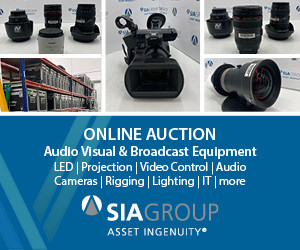Lighting series
So far in this series, I have stressed some of my own preferences for good portrait lighting; using Fresnel lamps for key lights to enable accurate barn dooring, minimum spill light and an even ‘field’ of light. Open faced lamps, whilst cheaper, do not give the same control of light, they give rise to double shadows and are also prone to bubble fai...


















